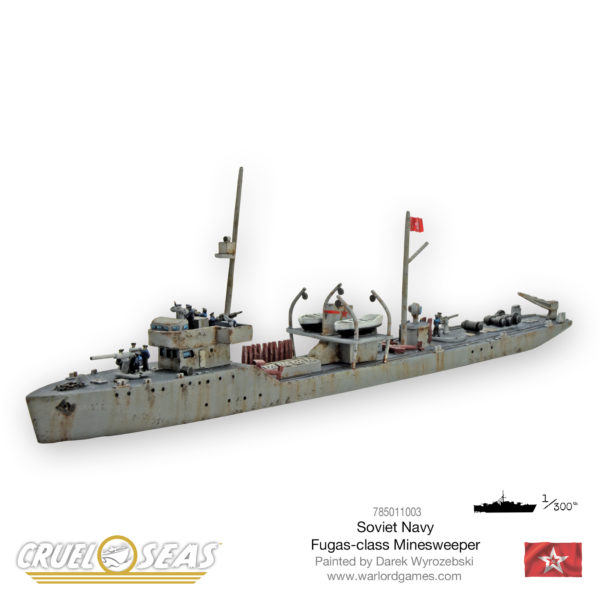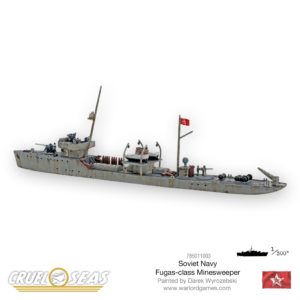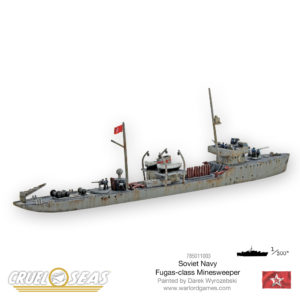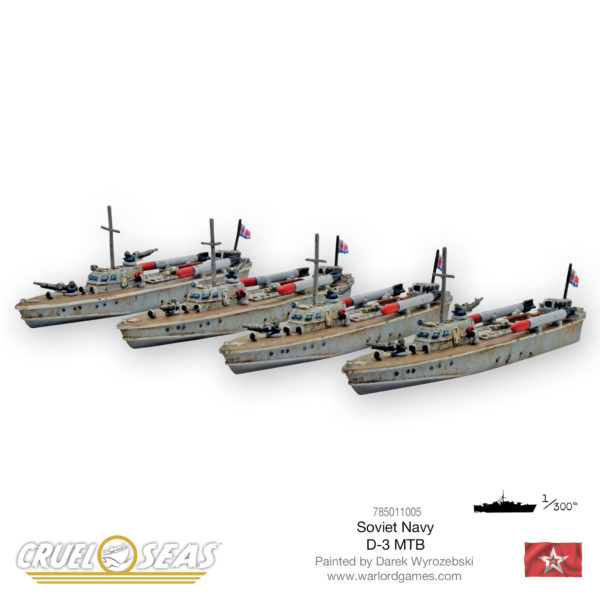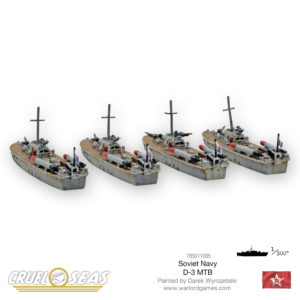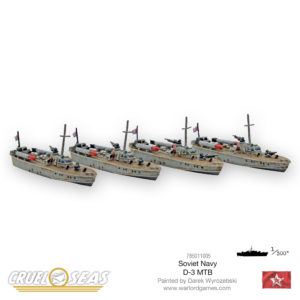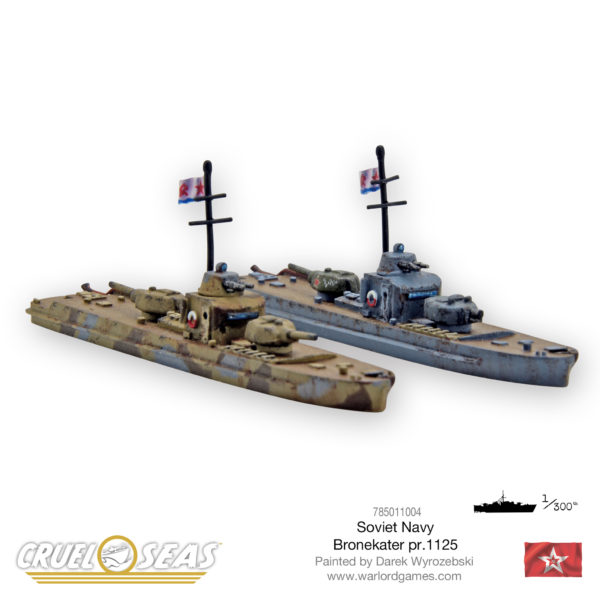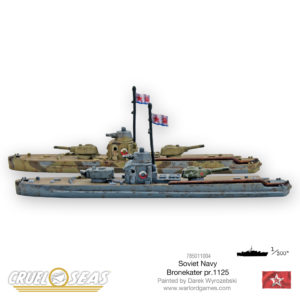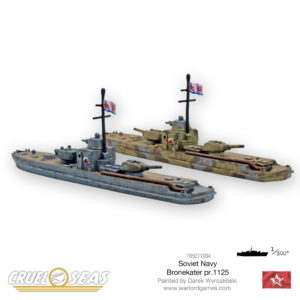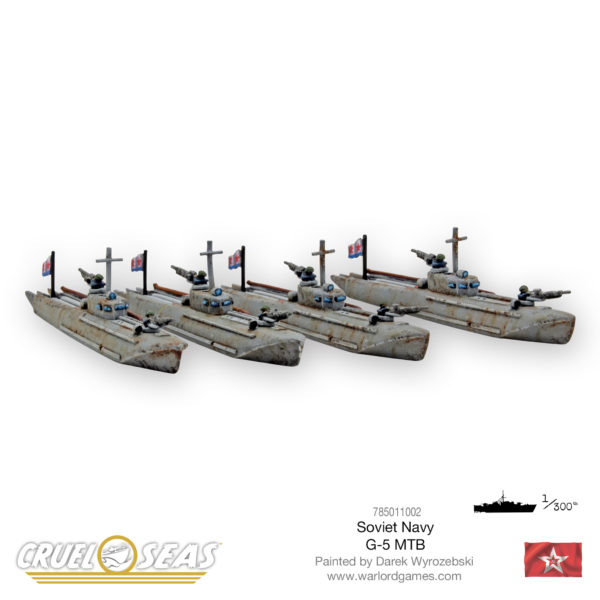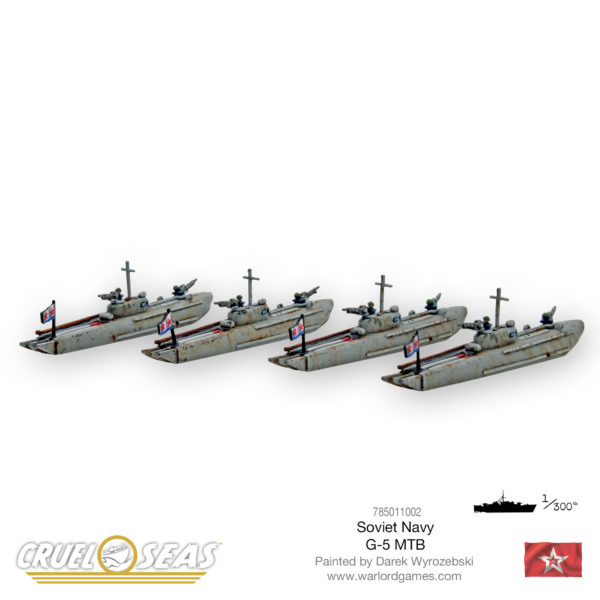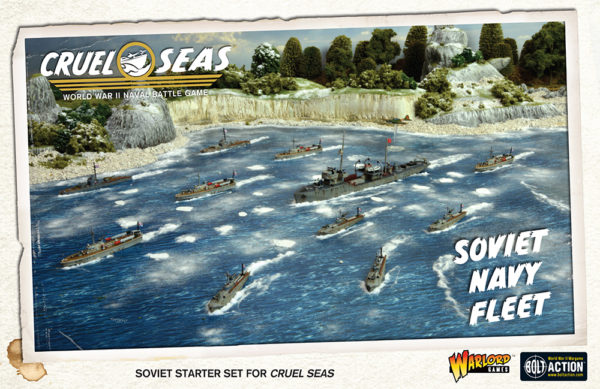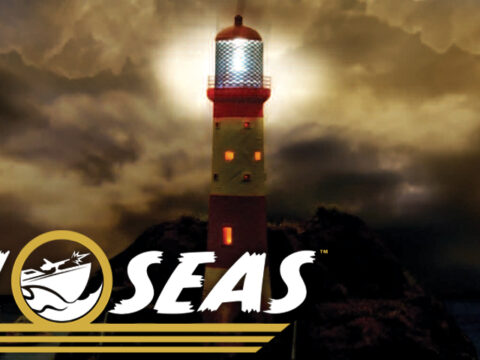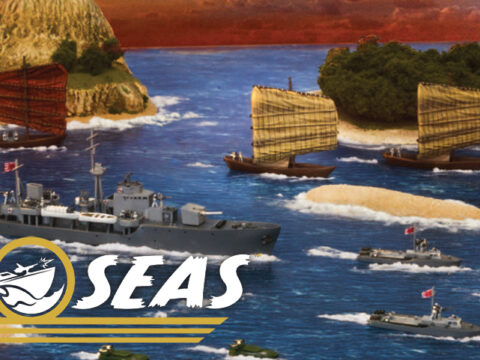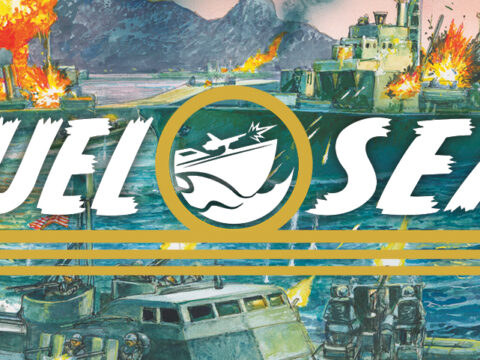Voyenno-morskoy flot SSSR (VMF) – [i.e. The Military Maritime Fleet of the USSR, or the ‘Red Fleet’ for short] receive the individual ships; Fugas-class Minesweeper, D-3 MTBs, Bronekater pr.1125 and G-5 MTBs
The Russian Armed forces of WWII are an interesting blend of extraordinary innovation and technical achievement, and extraordinary inexperience and foolish management of its huge forces. It certainly had plenty of small ships and boats for both offensive and defensive purposes.
Soviet Fugas-class Minesweeper
Built with steel hulls using a mixed welding and riveted construction they were intended to be very comfortable on long voyages, with central heating, sauna and even a cinema!
In practice they proved unstable in big seas and with their deep draft were frequent victims to mines. Despite this, 42 were built, with 18 sunk during the war. The vessels designated with a single-digit (T-1 to T-8) were assigned to Pacific Fleet, T-201 to T-221 – to the Baltic fleet, and T-401 to T-415 – to the Black Sea fleet.
With 1 x 100 mm naval cannon, it could also be fitted with many AA options such as:
- 1 x 45mm or
- 1-3 x 37mm or
- 2 x 25mm A guns
- 2 x Oerlikon 20 mm cannon (1942 upgrade in Baltic Fleet)
In cruel Seas this relates to the weapon fit of; 1x 4″ gun, 1x 40 mm, 2x 20 mm, 2x HMG, 2x MG, Depth Charges, Smoke and Mortar.
Soviet D-3 MTBs
The D-3 class was built in wood, and carrying torpedoes openly on deck could attain speeds of 32 knots(59 km/h, 37 mph). Later boats in the series had improved engines increasing operating speeds to 48 knots (89 km/h, 55 mph)!
Although not many D-3s served in the Black Sea they were quite active, sinking German Barges and an Italian midget submarine. A most notable action was the sinking of the Elbing-class large torpedo boat T-31 in the Battle of Nerva Island.
Soviet Bronekater pr.1125
A most peculiar type of riverine and estuary craft was also developed by the Russians. This was the 1124 and 1125 class of armoured rivercraft or Bronekater. These shallow draught craft, drawing only 2-foot of water, could penetrate river systems and lakes, even being moved by rail and lorry to new locations. Some featured numerous armoured turrets, even T-34 tank turrets, and again, frequently equipped themselves with rails for the Katyusha launchers. They were tough little boats capable of receiving and dishing out punishment, though they had a small crew and were slow and poor deep watercraft.
Soviet G-5 MTBs
The Soviets used many captured craft and received British and American MTBs that were used in their light flotillas. Their home-grown efforts, however, produced the peculiar looking G-5 light torpedo boats. They built scores of these aluminium boats, a material which was vulnerable to salt water.
They were small and initially not very fast, but later models were 16 tons in weight and could manage 38 knots. Later G-5s could even achieve speeds of up to 40-48 knots if well maintained. They had a petrol engine. The late series even got up to 53 knots!
Their main strike weapon was two torpedoes, stern launched, which was rare in WWII. They were dropped tail first into the water, so a sharp turn was necessary on launch to get out of the way. Unlike most other nations, the boats carried no cannon but were armed with one 12.7mm machine gun and normally two 7.62mm MMGs.
The Red Army!
The Soviet Navy then is not a glamorous fleet for the gamer. Rather it’s a solid, unsophisticated affair, with no radar, little radio, few automatic cannons or other refinements. As ever with Russian forces, quantity has a quality all its own. Your best tactic is to get in quick, torpedo your target and escape fast as you are likely to take much damage from concentrated cannon fire. Use the MO boats to support you, use minefields to hide in, and if desperate, use the threat of your terrifying if inaccurate Katyusha rocket! URRAH!

